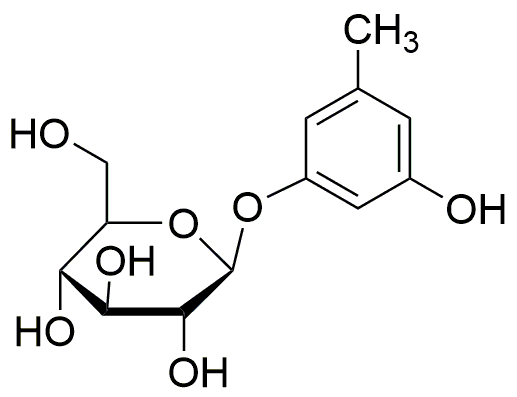Sakakin is widely utilized in research focused on:
- Pharmaceutical Development: It serves as a key intermediate in synthesizing various therapeutic agents, particularly in the development of drugs targeting metabolic disorders.
- Cosmetic Formulations: Its hydrating properties make it a popular ingredient in skincare products, enhancing moisture retention and improving skin texture.
- Food Industry: Sakakin is used as a natural flavoring agent and preservative, contributing to the stability and taste of food products.
- Biotechnology: Researchers leverage its unique chemical structure in the development of biosensors, which can detect specific biological markers in medical diagnostics.
- Agricultural Applications: It is explored for use in developing eco-friendly pesticides, promoting sustainable farming practices while minimizing environmental impact.
General Information
Properties
Safety and Regulations
Applications
Sakakin is widely utilized in research focused on:
- Pharmaceutical Development: It serves as a key intermediate in synthesizing various therapeutic agents, particularly in the development of drugs targeting metabolic disorders.
- Cosmetic Formulations: Its hydrating properties make it a popular ingredient in skincare products, enhancing moisture retention and improving skin texture.
- Food Industry: Sakakin is used as a natural flavoring agent and preservative, contributing to the stability and taste of food products.
- Biotechnology: Researchers leverage its unique chemical structure in the development of biosensors, which can detect specific biological markers in medical diagnostics.
- Agricultural Applications: It is explored for use in developing eco-friendly pesticides, promoting sustainable farming practices while minimizing environmental impact.
Documents
Safety Data Sheets (SDS)
The SDS provides comprehensive safety information on handling, storage, and disposal of the product.
Product Specification (PS)
The PS provides a comprehensive breakdown of the product’s properties, including chemical composition, physical state, purity, and storage requirements. It also details acceptable quality ranges and the product's intended applications.
Certificates of Analysis (COA)
Search for Certificates of Analysis (COA) by entering the products Lot Number. Lot and Batch Numbers can be found on a product’s label following the words ‘Lot’ or ‘Batch’.
*Catalog Number
*Lot Number
Certificates Of Origin (COO)
This COO confirms the country where the product was manufactured, and also details the materials and components used in it and whether it is derived from natural, synthetic, or other specific sources. This certificate may be required for customs, trade, and regulatory compliance.
*Catalog Number
*Lot Number
Safety Data Sheets (SDS)
The SDS provides comprehensive safety information on handling, storage, and disposal of the product.
DownloadProduct Specification (PS)
The PS provides a comprehensive breakdown of the product’s properties, including chemical composition, physical state, purity, and storage requirements. It also details acceptable quality ranges and the product's intended applications.
DownloadCertificates of Analysis (COA)
Search for Certificates of Analysis (COA) by entering the products Lot Number. Lot and Batch Numbers can be found on a product’s label following the words ‘Lot’ or ‘Batch’.
*Catalog Number
*Lot Number
Certificates Of Origin (COO)
This COO confirms the country where the product was manufactured, and also details the materials and components used in it and whether it is derived from natural, synthetic, or other specific sources. This certificate may be required for customs, trade, and regulatory compliance.


